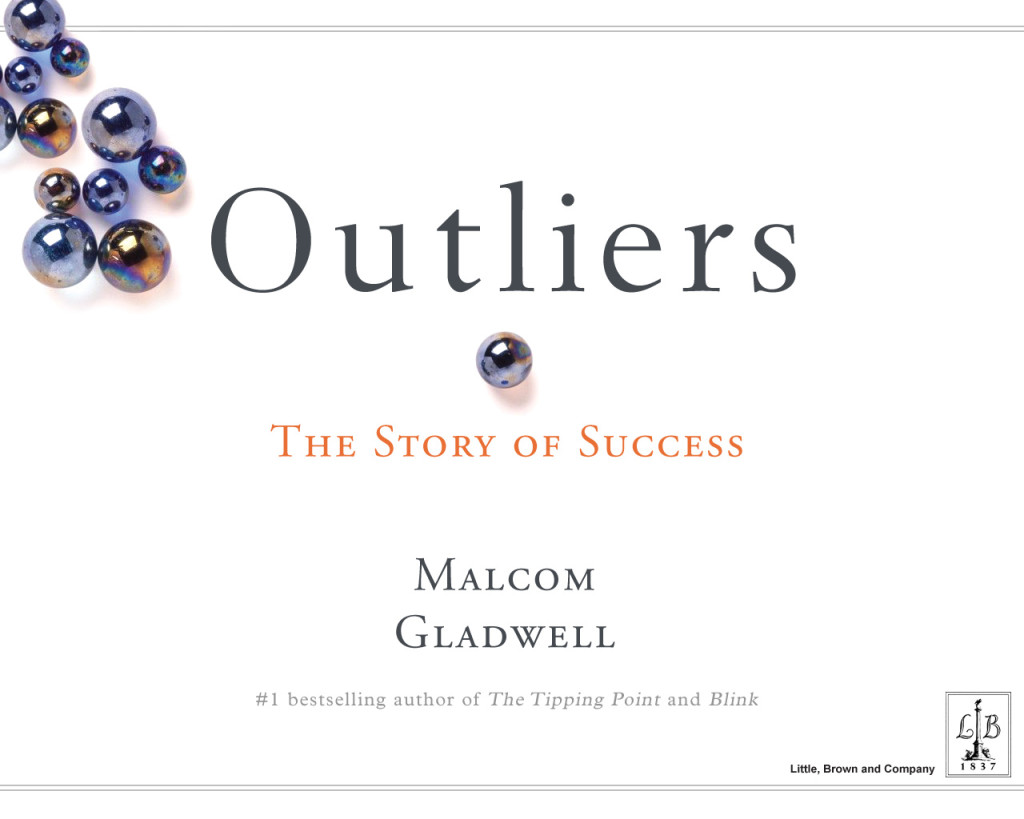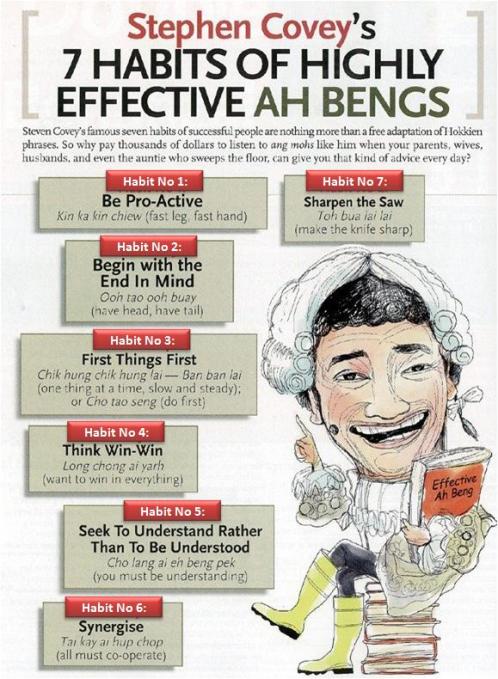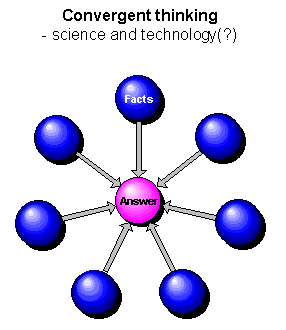
We are weird creatures! (source)
One of the advantages/disadvantages of being an obsessive-compulsive blogger is that I not only dig the various theories of Influence 2.0, but live them on a daily basis too. While not all bloggers are alike – just as not all mothers, students, pastors or criminals are – there are certain traits which make us hardcore content producers who we are.
To make it easier for you to remember, let us term them the five Os of social media content producers.









